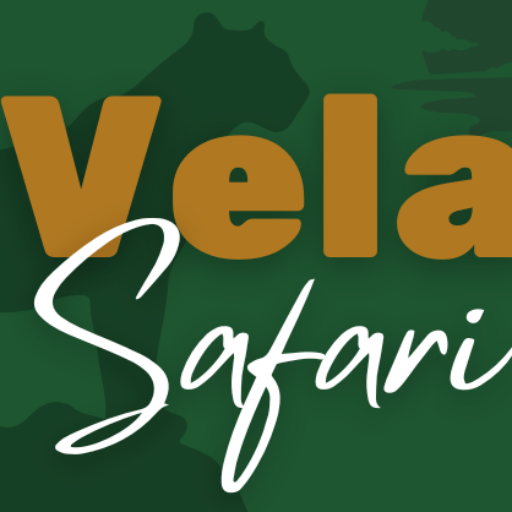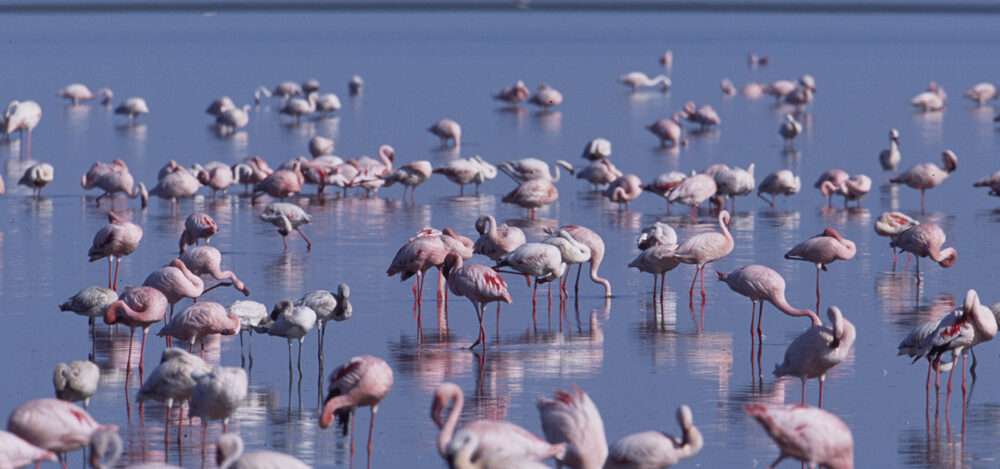A Complete Guide to Africa’s Wildest Landscapes
Introduction to Tanzania’s Protected Areas
Tanzania is home to some of Africa’s most spectacular national parks, protecting an incredible diversity of wildlife across varied ecosystems. From the endless savannas of the Serengeti to the volcanic wonder of Ngorongoro Crater, these protected areas offer unparalleled safari experiences. This guide explores Tanzania’s 22 national parks, highlighting their unique features, wildlife, and best times to visit.
1. Serengeti National Park: The Crown Jewel
Size: 14,750 km²
Established: 1951
UNESCO World Heritage Site
Why Visit?
- Witness the Great Migration of over 1.5 million wildebeest
- Exceptional predator sightings (lions, leopards, cheetahs)
- Diverse landscapes from kopjes to riverine forests
Key Areas:
- Southern Plains (Dec-May): Calving season
- Western Corridor (May-July): Grumeti River crossings
- Northern Serengeti (Jul-Oct): Mara River crossings
Unique Experience: Hot air balloon safaris at sunrise (550−550−650 pp)
2. Ngorongoro Conservation Area
Size: 8,292 km² (including crater)
Established: 1959
UNESCO Mixed World Heritage Site
The Crater Highlights:
- World’s largest intact volcanic caldera
- Highest density of predators in Africa
- One of the last places to see black rhinos in Tanzania
Did You Know?
- The crater floor covers 260 km²
- Home to 25,000 large animals
- No giraffes live here (they can’t descend the steep walls)
Best Time: Year-round (animals don’t migrate)
3. Tarangire National Park: Land of Giants
Size: 2,850 km²
Established: 1970
Famous For:
- Massive elephant herds (up to 300 seen daily)
- Ancient baobab trees (some over 1,000 years old)
- Dry season wildlife concentrations (Jun-Oct)
Special Features:
- Silale Swamp – permanent water source attracting wildlife
- Excellent for birdwatching (550+ species)
- Less crowded than Serengeti
4. Lake Manyara National Park
Size: 330 km²
Established: 1960
Unique Aspects:
- Famous for tree-climbing lions
- Alkaline lake attracting thousands of flamingos
- Groundwater forest (rare in Africa)
Best For:
- Day trips from Arusha
- Bird enthusiasts (400+ species)
- Canopy walkway experience
5. Selous Game Reserve (Now Nyerere National Park)
Size: 30,893 km² (Africa’s largest protected area)
Established: 1922
UNESCO World Heritage Site
Why It’s Special:
- Boat safaris on the Rufiji River
- Walking safaris in untouched wilderness
- Strong wild dog population
Visitor Numbers: Receives only 5% of Tanzania’s safari tourists
6. Ruaha National Park
Size: 20,226 km² (Tanzania’s largest national park)
Established: 1964
Key Features:
- Great Ruaha River – lifeline for wildlife
- Excellent for predator sightings
- Stunning baobab-studded landscapes
Best Time: Dry season (May-Oct) when animals congregate at water sources
7. Katavi National Park
Size: 4,471 km²
Established: 1974
Remote Wilderness Experience:
- Hippo pools with 200+ individuals
- Massive buffalo herds (1,000+ animals)
- True off-the-beaten-path safari destination
Access: Charter flights from Dar or Arusha
8. Mahale Mountains National Park
Size: 1,613 km²
Established: 1985
Unique Offering:
- Chimpanzee trekking (90% sighting success)
- Lake Tanganyika – crystal clear waters
- Combination beach/wildlife experience
Note: No road access – arrive by boat or air
9. Gombe Stream National Park
Size: 52 km² (Tanzania’s smallest)
Established: 1968
Famous For:
- Jane Goodall’s chimpanzee research site
- Forest hikes to observe primates
- Lake Tanganyika activities
10. Mikumi National Park
Size: 3,230 km²
Established: 1964
Advantages:
- Easily accessible from Dar es Salaam
- Similar wildlife to Selous but more compact
- Good for short safaris
Lesser-Known Gems
11. Udzungwa Mountains National Park
- Tanzania’s biodiversity hotspot
- Sanje Waterfalls (170m drop)
- Endemic species like the Udzungwa red colobus
12. Kitulo Plateau National Park
- “Serengeti of Flowers“
- Alpine flora displays (Oct-Apr)
- Excellent hiking destination
National Parks Comparison Table
| Park | Size (km²) | Highlight | Best Time |
|---|---|---|---|
| Serengeti | 14,750 | Great Migration | Jun-Oct |
| Ngorongoro | 8,292 | Caldera wildlife | Year-round |
| Tarangire | 2,850 | Elephants & baobabs | Jun-Oct |
| Selous | 30,893 | Boat safaris | Jun-Oct |
| Ruaha | 20,226 | Predator sightings | May-Oct |
Planning Your Park Visits
Northern Circuit (Most Popular):
- Serengeti, Ngorongoro, Tarangire, Manyara
- Best for: First-time visitors, wildlife spectacles
Southern Circuit (Wild & Remote):
- Selous, Ruaha, Mikumi
- Best for: Experienced safari-goers, solitude
Western Circuit (Unique Experiences):
- Mahale, Katavi, Gombe
- Best for: Chimpanzee tracking, adventure
Conservation Challenges
- Poaching threats (especially rhinos and elephants)
- Human-wildlife conflict near park boundaries
- Climate change impacts on ecosystems
How to Help:
- Choose eco-conscious operators
- Support conservation organizations
- Practice responsible tourism
Final Thoughts
Tanzania’s national parks protect some of Earth’s most incredible wildlife spectacles. Whether you seek the drama of the Great Migration, the intimacy of chimp tracking, or the solitude of remote wilderness, Tanzania delivers unforgettable experiences across its diverse protected areas.
Pro Tip: Consider combining 2-3 parks in one trip for varied experiences. Most visitors need at least 10 days to properly experience Tanzania’s wildlife wonders.
Karibu Tanzania! (Welcome to Tanzania!)

